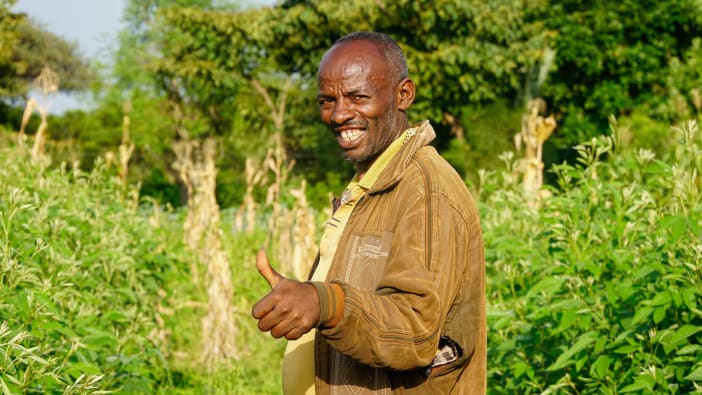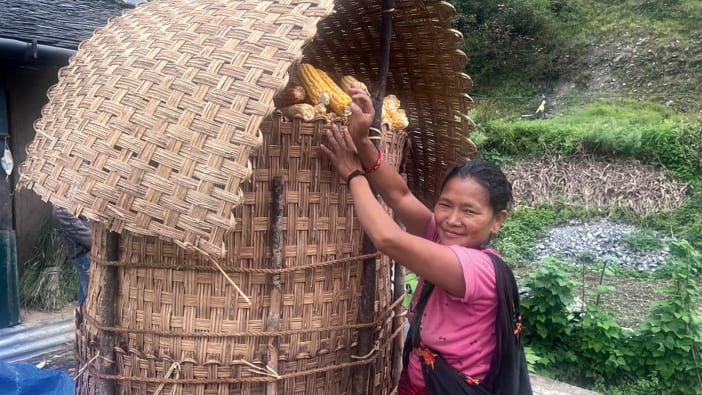Roger W Sharland.
In Southern Sudan agrochemicals were both expensive and difficult to get. Most farmers were subsistence farmers but there was still a desire for the almost magic qualities seen to be possessed by chemicals or “dawa”, without a great understanding of what they did or the consequences of using them.
We worked with the Mora people and, at first, we imported some chemicals because of the spectacular effects of ones like dieldrin. But we soon realised that there were good reasons to stop bringing in these chemical:
- The chemicals were dependant on an outside source which might not always be there.
- The farmers were not used to accurate measurement.
- There was a problem of misuse and then danger to human and animal life.
Accessing the local resources
So we started looking for other possibilities from the local resources available. We found there were local poisons or “dawas” with some potential, which were used during hunting and fishing.
Fish poisons are made from certain leaves, roots, fruit and bark, and, traditionally, put into pools to stun fish. Several of these preparations were found to be useful for protecting crops. Mahogany bark, when pounded with water, is bitter and acts as a very good repellent seed-dressing against mammals that, otherwise, eat newly planted groundnut seeds.
Another preparation used as a fish poison was made from the fruit of the tree Catunaregan spinosa. This was also used to protect the wooden, leather-sprung game snares against termite damage. Since one of the main uses for dieldrin has been to control termites on fruit trees, we tried this local “dawa”on some of the trees in the nursery and it proved very effective.
At first we had a problem in working out the dosages. But we realised that this was a foreign concept and one of the problems with imported chemicals. We simply recommended that “the mixture should be prepared as for protecting game traps or using as a fish poison and poured over the base of the trees”. This was easy for the farmers to understand and apply.
People’s knowledge and use of local trees and plants can be extended to new uses such as these, after simple basic tests.
Understanding the dangers
A further problem with dieldrin was that farmers wanted to use it to poison wild animals such as baboons. This led to accidents. At least one person was poisoned, together with a number of chickens and cats, leading to other problems.
Again the local knowledge of poisons in hunting proved a useful teaching tool. A local bulb called “kulume”, is known to be a very effective and lethal poison. When farmers were asked why they wanted to buy dieldrin to use instead, they replied that the local poison was far too dangerous to use and told stories of how people had been poisoned by misuse of “kulume”. When I explained that dieldrin, or any other chemical that would kill baboons, would be equally as lethal, farmers were genuinely surprised. This started to reduce the demand for a new “dawa”.
Using local knowledge to find solutions
Working with the local knowledge of poisons can help to solve new problems with pests and diseases and can prevent the abuse of agrochemicals. Studying what farmers already know can provide invaluable resources for teaching.
Roger Sharland worked with Tearfund in Sudan for ten years. He has recently completed a PhD at Reading University.
Can other readers share their knowledge of local “dawas”?









